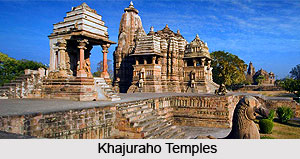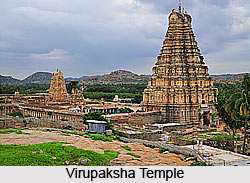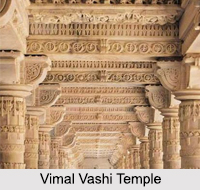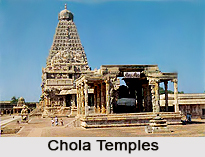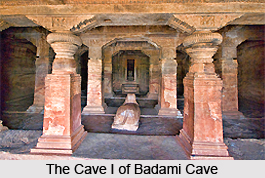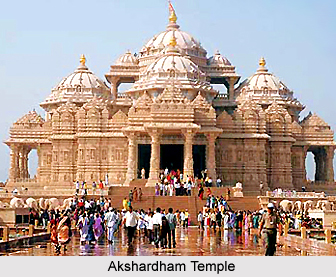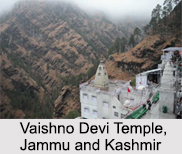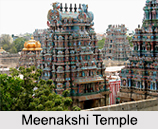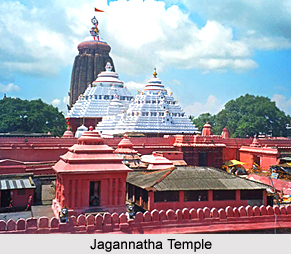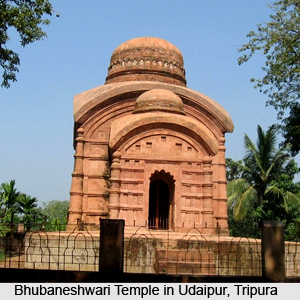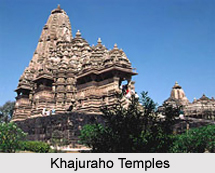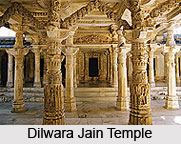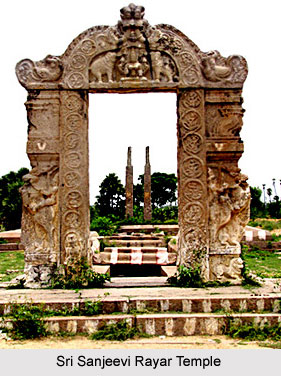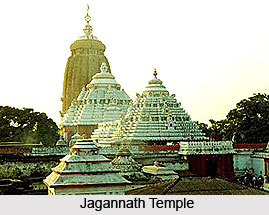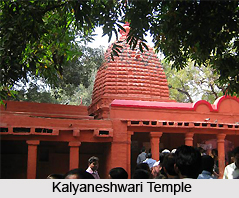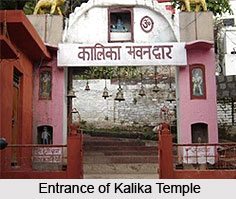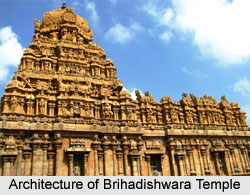Jambukesvaram temple is situated at five km north of Tiruchirapalli in Tamil Nadu district. The Jambukesvaram temple is also known as Tiruvanaikka temple and stands on the northern bank of the River Kaveri. It is one of the largest and historic temples according to the saints like Appar and Aiyadigal Kadavarkon.
It is said that the Siva linga in the sanctum of Jambukesvaram temple is always encircled by water and hence it is known as `Appu Linga`. It is regarded as one of the `Panchabhuta Sthalas`. The primordial element water is represented by an undying natural spring in the sanctum.
A forest of Jambu trees can be seen near the `Chandrateertha tank`, which is filled with the waters of the Kaveri. Siva is said to have appeared here under one of the trees as a Siva linga. There is a mythical story related to the Siva linga of the Jambukesvaram temple. It is believed that two devotees of Lord Siva were born as a white elephant and a spider as result of some curse. The elephant used to worship Siva with flowers and water brought in its trunk. Hence it is also named as the Tiru Aanaikka. Again, the spider worshipped the Siva linga by spinning a web on top of it to protect it from falling leaves. The worship of elephant would tear down the web of the spider and the spider`s web used to disturb in the eyes of the elephant. This led to the enmity between them to such an extent that they started fighting among themselves and it resulted in the death of b oth.
It is believed that the spider who worshipped Siva in the Jambukesvaram temple was born again in the royal Chola family in Uraiyur during the Sangam period. There is again another interesting story related with his birth. It is said that the Chola king Subhadeva and Kamalavati prayed to the God of Chidambaram for a male successor. The auspicious time for the birth of the child was predicted by the royal astrologer. When the time of the birth of the child approached, the royal queen bade her attendants to tie her legs and hang her upside down. She wanted to delay the time of birth of the child. She became successful in doing so but later the royal successor was born with red eyes. Thus he got the name `Chenkannan`, which indicates one with red eyes. Chenkannan is said to have constructed many elevated temples throughout his lifetime so that no elephant could reach there. He did so to continue with his enmity with the elephant in his previous birth.
There are several inscriptions, beautiful towers; spacious pillared halls (mandapas) and sub shrines can be seen in the Jambukesvaram temple of Tamil Nadu. All these belong to different periods and display a variety of architectural and sculptural beauties. The historical development of the temple and the contributions of several kings and dynasties can be traced from these inscriptions. One of the 10th century AD inscriptions enlightens about the Chola patronage. These inscriptions also notify that the Hoysalas built four temples in northern Tiruvanaikka named the Vallaleeswaram, Padmaleswaram, Narasimheswaram and the Somaleswaram. The eastern tower of the Jambukesvaram temple had the contribution of the Pandyas and the Hoysalas.
There are more than 50 inscriptions of the Chola dynasty from Parantaka I (909 A.D.) to Rajendra III (1251 A.D.) can be found in the Jambukesvaram temple of Tamil Nadu. There are also 25 inscriptions of the Hoysalas from 1235 to 1295 A.D., about 10 of the Pandyan kings from 1219 to 1278 A.D, about 20 inscriptions belonging to the Vijayanagara kings from 1427 to 1519 A.D. and those of Madurai Nayakas from 1566 to 1732 A.D are available here.
In the 14th century AD, when the army of the Sultan of Delhi invaded, the Jambukesvaram along with the nearby temple of Sri Ranganatha at Srirangam got damaged. It was again renovated during the Vijayanagara rule and the worship in the temple was revived. The goddess Akhilandeswari of this temple is said to be originally an `Ugra Devata` of great fury. It was Adi Sankaracharya, who changed the deity into a manifestation of peace. The statue of the deity Akhilandeswari is faced by the shrines to Vinayaka and Subramanya.
The Pandayan constructed the big compound wall around the temple and hence is called `Tiruneetru Sundara Pandyan Madhil`. The tall towers of the temple like the gopuram of the temple, the Kartigai and the seven-storied Sundara Pandyan gopuram are very well known structures of the Jambukesvaram temple. This huge temple covers an area of 18acres with huge gopurams, five prakararns and ornate mandapams. The second and third prakarams belonged to the 13th century AD. A majestic sculptural work can be seen in the `Dhvajasthambha mandapam`. The image of `Ekapada Trimurti` here signifies the unity of Brama, Vishnu and Siva in this temple. In the fourth prakaram, the shrine for Akhilandesvari can be seen. There are seven levels in the eastern tower, which has fine sculptural specimens of musical scenes. Again, the western tower has nine levels.
There are many festivals celebrated in the Jambukesvaram temple of Tamil Nadu. Some of the annual festivals celebrated here are the Panguni Brahmotsavam, Vasanta Utsavam, the float festival in Thai (Capricorn), Aadi Pooram (Cancer) and the Pancha Prakara festival.
